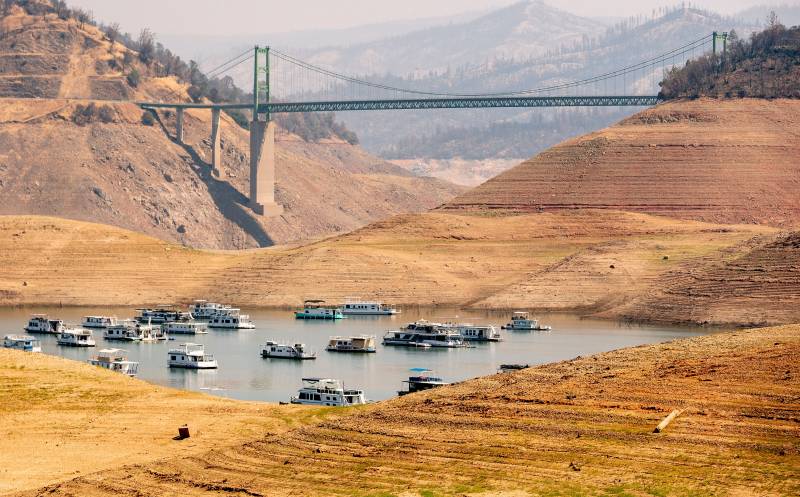The deluge California received from a powerful atmospheric river made streams and waterfalls come alive while coating mountains with snow, but as the storm headed east to the Plains on Tuesday, it left the Golden State still deep in drought.
The atmospheric river, a long plume of moisture pulled in from the Pacific, capped a series of back-to-back storm systems that abruptly switched the state's immediate emergency concerns from wildfires to flooding.
But the long-term problem of a drought that scientists say is part of a warming and drying trend driven by climate change was not washed away.
“One storm this early in the water year does not predict the rest of the winter storm season,” state climatologist Michael Anderson said in a statement. “After this system we see a period of dry conditions return to California.”
The National Oceanic and Atmospheric Administration's 2021 winter forecast shows the probability of precipitation in California to be significantly below average while temperatures run well above average.

